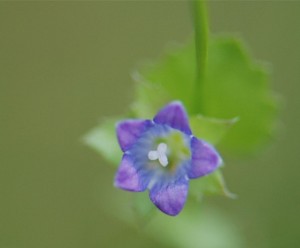
News/Reports
Yale Garry Oak ER # 144 Biological and Physical Overview
ORIGINAL PURPOSE
To protect the most easterly isolated stand of Garry oak and associated ecosystem in British Columbia
Physical: The reserve consists of a series of rocky outcrops and bluffs that have been cut through by the Canadian National Railway line which separates the upper part of the stand from the more open lower portion. The lower portion is again divided into a northwestern and a southeastern part by an indentation in the river’s shoreline (a sandy beach at low water) that extends to the base of a steep talus slope below the railway.
Soils range from shallow on more open bluffs to deep and stony on sites between the outcrops and on some benched sites.
see the complete(3 page) PDF: Yale Garry Oak ER 144
Biological: The most significant feature is the disjunctive occurrence of Garry oaks, some 160 km from their main distribution along the coast. Set within a conifer forest, this is a heterogeneous, mixed Garry oak stand with younger Douglas-fir on all but the most shallow, rocky soils. Also significant are the associated vascular plants and bryophytes that are characteristic of both coastal Garry oak and, to a lesser degree, drier interior ecosystems. Many of these species also show wide disjunctions from their closest populations. Plants with coastal affinities include, among vascular plants, Hooker’s onion, long-stoloned sedge, and licorice fern, and among bryophytes (Dendroalsia abietina), (Zygodon viridissimus), (Anacolia menziesii), (Homalothecium nuttallii), (Antitrichia californica) and (Orthotrichum lyellii). In contrast, vascular plants with interior affinities include such species as water birch, choke cherry, bluebunch wheatgrass, brown-eyed Susan, rough-stemmed fleabane and western polypody.
Cultural: There is evidence of precontact First Nations’ occupation within the reserve area; a cache pit, mound and unidentified cultural depression have been documented.
Garry oak – bigleaf maple – cherries association Red Listed
White Sturgeon (lower Fraser River population) Red Listed
heterocodon Blue Listed
SCIENTIFIC NAMES OF SPECIES MENTIONED IN THE YALE GARRY OAKS ER ACCOUNT
Flora:
birch, water (Betula occidentalis)
brown-eyed Susan (Gaillardia aristata)
cherry, choke (Prunus virginiana)
Douglas-fir (Pseudotsuga menziesii)
fern, licorice (Polypodium glycyrrhiza)
fleabane, rough-stemmed (Erigeron strigosus var. strigosus)
heterocodon (Heterocodon rariflorum)
maple, bigleaf (Acer macrophyllum) moss (Anacolia menziesii)
moss (Antitrichia californica)
moss (Dendroalsia abietina)
moss (Homalothecium nuttallii) moss (Orthotrichum lyellii) moss (Zygodon viridissimus)
oak, Garry (Quercus garryana)
onion, Hooker’s (Allium acuminatum)
polypody, western (Polypodium hesperium) sedge, long-stoloned (Carex inops)
wheatgrass, bluebunch (Pseudoroegneria spicata)
Fauna:
Sturgeon, White (Lower Fraser River population) (Acipenser transmontanus pop.4)

